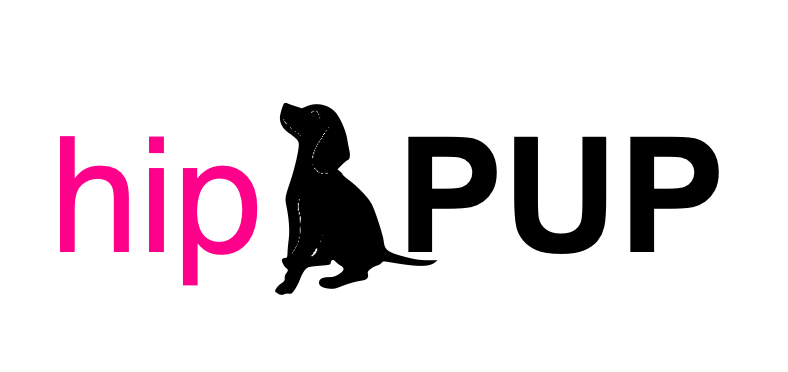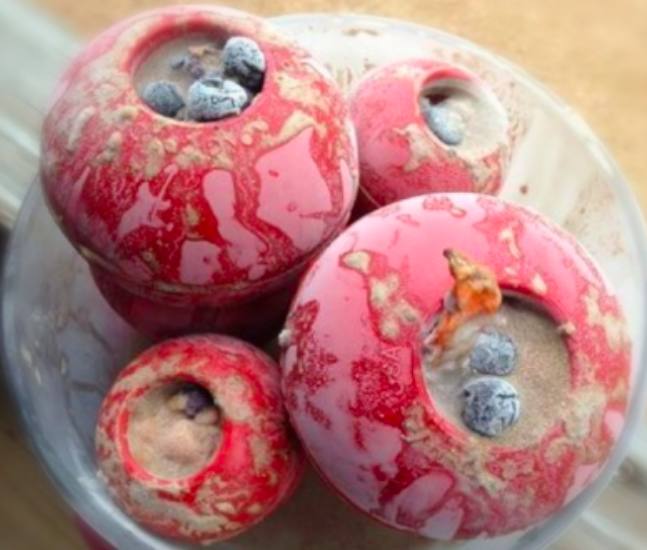Why Is Mental Stimulation So Important?
If you have a dog, you’ve probably heard the term mental stimulation a lot over the last few years. It certainly has grown both in awareness and as a big business since I started training. It’s such a big deal because it offers us a safe way to provide stimulation and mental exercise to our dogs that isn’t adrenalizing. Over the years I have personally witnessed the benefits it has provided to countless dogs. Here are just a few examples:
- young pups who cannot be safely tired out with exercise alone without potentially damaging immature joints
- adolescent dogs who have more energy than they know what to do with
- fearful dogs that need the security of their own home and yard
- dogs on bed rest because of an injury or post-surgery
- elderly dogs whose mental acuity is declining
Mental exercise provides a different type of stimulation than physical exercise. It activates different parts of the brain and releases different hormones. The result is a calmer, more relaxed dog. And unlike adrenalizing activities, it won’t require more of it over time to satiate the dog. Depending on the dog, the balance of mental stimulation to physical exercise will be different. I do find that most dogs are woefully low on mental exercise.
How to Provide It
There are a number of ways that you can offer your dog mental exercise. Playing positive training games, allowing them to figure things out how to get stuff they want, scenting activities and the way we feed are 4 main ways.
Training style
Positive reinforcement training focuses on reinforcing behaviour we like so the dog will ultimately do it more. Clicker training goes a step further and makes the student an active participant and encourages them to make choices. Not only does this tire them out because they have to think about what they are doing, but it also builds confidence and enjoyment of the process as there are no “wrong choices” or corrections.
Here’s an easy exercise that you can try:
The goal of this exercise is to show your dog that being polite and patient is the way to get what they want.
At mealtime hold your dog’s dish so they see it, but keep it out of reach. Don’t instruct your dog. Just wait. What does he do? If he does anything you don’t like – jump, bark, or paw; just withhold the item. don’t tell him “no”. Wait for him to offer a behaviour you like, such as sitting. Offer the item as soon as he does. If your dog is particularly excited, just wait for slightly calmer behaviour. You can work up to more, over a few sessions. You can practice this with anything your dog likes or wants. With practice, your dog will learn that choosing calm and polite behaviour is the fastest way to get stuff.
Fun and Games
You can also play favourite games or activities interspersed with training.I love to practice drop, sit and down throughout games of tug or toss. This will help build impulse control rather than play just being a free-for-all. It will also reinforce the behaviours you are working on outside of regular training time in a fun and upbeat way. Don’t be a drill sergeant or use corrections. If your dog doesn’t respond, pause and ask again. If they still don’t respond, choose another behaviour to ask for or temporarily end the game.
Scenting Games
Games that make dogs use their nose are an excellent source of mental stimulation. Tracking has become enormously popular because of the benefits it provides our dogs.
Here’s an easy nose game you can try at home:
Treat Toss
Without much effort on your part, you can give your dog a big dose of scenting work. Throw a handful of kibble or treats (basically his breakfast or dinner) in the grass. He can just work away on his own to find all the food. This is an awesome way to slow down dogs that gulp down food and keep them busy for a while. If you don’t have a secure area to do this, you can have them on a long line to provide more freedom.
Mealtimes
This is probably the easiest way to provide mental stimulation and the most commonly missed in most dogs’ lives. You can use commercially available products or make your own. There are literally an endless variety of options now.
Some examples include:
- Kongs
- Snuffle Mats
- Tricky Treat Balls
- LickiMats
- Outward Hound Trays & Dispensers
Here’s a simple homemade option:
Breakie in a Blankie
This is the least intimidating version of a destuffer for a nervous dog. Wrap treats or kibble loosely in a small towel. You can start at one corner, gradually adding more treats as you fold up the towel. Another option is to place a row of kibble along one edge and then gradually roll the towel up, adding more rows of treats as you go. Once he gets better at it, you can wrap up the towel more tightly or in different ways to make it more challenging.
I hope this has helped show the importance of providing mental exercise on a regular basis. How about trying out one of the ideas today? They are easy to do and don’t take much time. Your dog will most definitely benefit and enjoy it. So will you!

